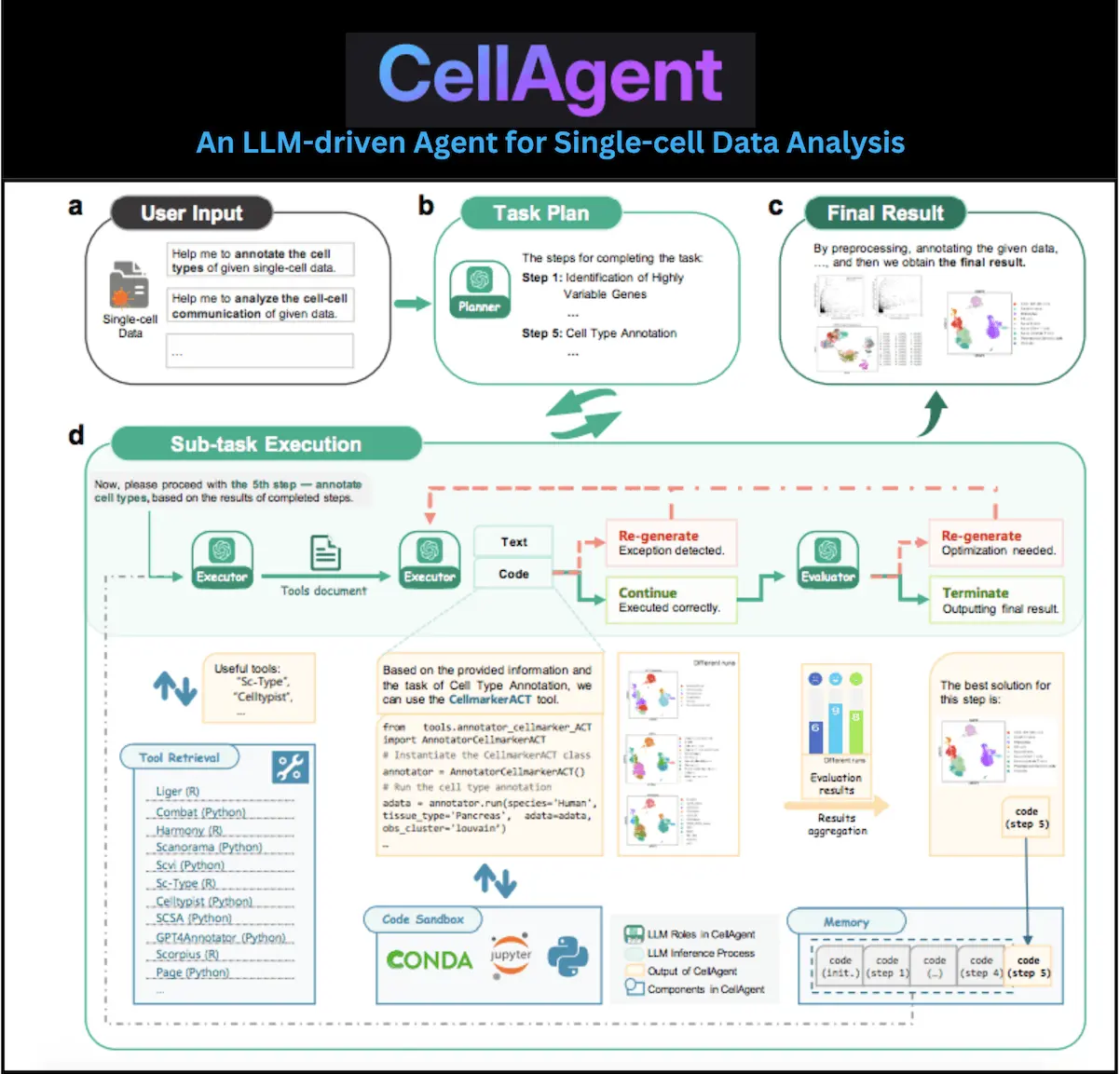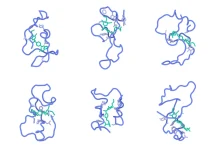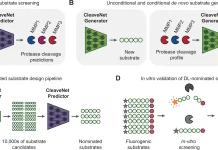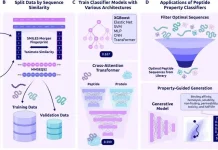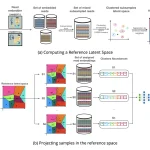Researchers from the AI for Science Interdisciplinary Research Center, Northwestern Polytechnical University, China, have introduced a ground-breaking tool that may change how single-cell RNA sequencing (scRNA-seq) data is analyzed. It is called CellAgent and uses an LLM-driven multi-agent framework, which automates the complex task of extracting useful insights from such intricate data.
Single-cell RNA sequencing is a powerful technique that allows researchers to examine individual cells, providing unparalleled access to cellular heterogeneity and biological processes involved. Despite this, subsequent data analysis poses a significant challenge due to its complexity, which requires specialized knowledge, computational resources, and substantial time investments. CellAgent aimed to smoothen this process to enable more scientists to engage in it.
Understanding the Challenge
Standard scRNA-seq data analysis flow involves some complicated steps, including pre-processing, quality control, normalization, dimensionality reduction, clustering, cell type annotation, and trajectory inference. Each step necessitates careful selection among numerous tools and parameters, which not only prolongs its duration but also introduces errors along the way. Moreover, a deep background in biology is often needed for result interpretation.
CellAgent – How it Works
To address these problems, CellAgent uses a multi-agent approach with three main components:
Planner: It is responsible for breaking down complex analysis tasks into smaller manageable subtasks, which serve as the blueprint of the analysis process and it determines how steps should be sequenced optimally.
Executor: After a plan has been prepared, the executor takes over. It picks suitable tools and parameters, runs code, and produces intermediate results. This element functions as the system’s service provider.
Evaluator: This component examines whether or not the output generated by the executor’s actions is of high quality. Consequently, it keeps providing input to the executor so that the pattern is refined continuously.
To be robust, CellAgent uses hierarchical decision-making. In this course, more complex ones are broken down into simpler sub-tasks, and based on evaluation results, the system refines its approach iteratively. That gives room for adaptability and optimization throughout the entire analysis procedure.
Key Features and Benefits
CellAgent has several striking benefits that include the following:
Automation: It carries out the entire scRNA-seq data analysis workflow from raw data to meaningful insights.
Efficiency: CellAgent reduces analysis time significantly by streamlining the process and optimizing tool selection.
Accuracy: This framework is meant to provide high-quality results that are indistinguishable from those obtained by human experts.
Accessibility: Scientists of different computational skills can use CellAgent, democratizing single-cell analysis processes.
In their study, researchers evaluated CellAgent’s performance on a comprehensive benchmark dataset consisting of various tissues and cell types. The researchers were amazed at how well this system worked, outperforming other tools regarding tasks like batch correction, cell type annotation, and trajectory inference, among others.
Implications for Biological Research
CellAgent possesses the ability to hasten biological research by offering researchers the potent tool of extracting valuable insights from single-cell RNA sequencing (scRNA-seq) data. By automating routine tasks, scientists can focus on higher-level analysis and interpretation, leading to discoveries and advances in different areas such as immunology, developmental biology, or cancer.
The Future of Single-Cell Analysis
The development of CellAgent is an important landmark in bioinformatics. The technology will undoubtedly evolve further, giving rise to more advanced and smarter tools for analyzing intricate biological data. Certainly, the integration of artificial intelligence and machine learning will be pivotal in driving future innovations within this domain.
Conclusion
The advent of CellAgent is a watershed moment in single-cell data analysis. This LLM-driven framework can accelerate scientific discovery and increase the applicability of this powerful technique by automating complex workflows and ensuring that results are of high quality. In the future, there will be more sophisticated tools and applications for this domain as it progresses.
The future of single-cell analysis is bright; the leader here is CellAgent. Therefore, by democratizing advanced data analytics, we can make researchers all over the world unlock what lies within our cells. CellAgent represents a promising step towards a future where data analysis is automated, efficient, and accessible to all researchers, ultimately accelerating scientific progress and benefiting human health.
Join the Conversation
CellAgent is a game-changer, but what do you think?
We have covered so much ground in this post, but the real excitement is how your research can change with CellAgent.
Please leave your comments below, sharing your thoughts and experiences. Let us kick-start a debate about the future of single-cell research!
Article Source: Reference Paper | CellAgent is available on the Website.
Important Note: arXiv releases preprints that have not yet undergone peer review. As a result, it is important to note that these papers should not be considered conclusive evidence, nor should they be used to direct clinical practice or influence health-related behavior. It is also important to understand that the information presented in these papers is not yet considered established or confirmed.
Follow Us!
Learn More:
Anchal is a consulting scientific writing intern at CBIRT with a passion for bioinformatics and its miracles. She is pursuing an MTech in Bioinformatics from Delhi Technological University, Delhi. Through engaging prose, she invites readers to explore the captivating world of bioinformatics, showcasing its groundbreaking contributions to understanding the mysteries of life. Besides science, she enjoys reading and painting.

